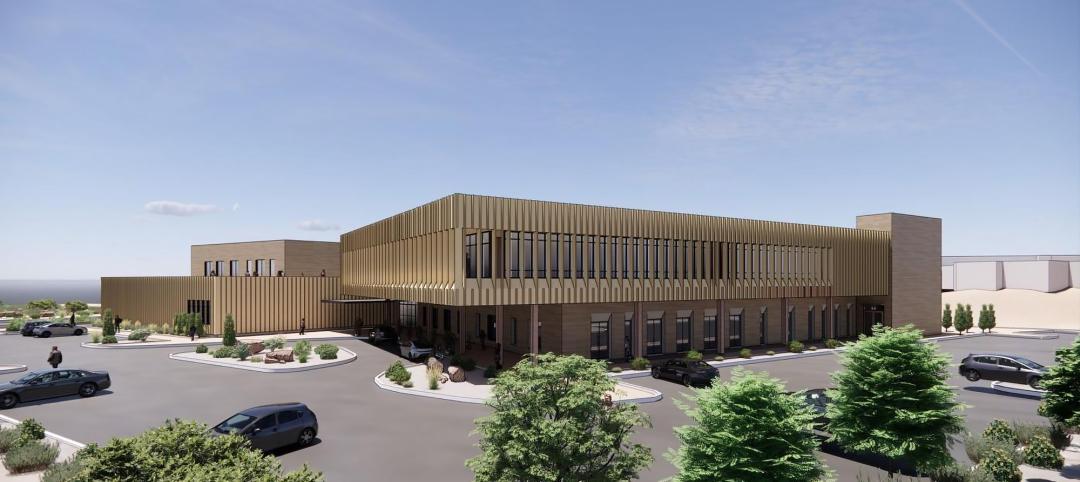There’s been a lot of talk over the past 20 years about evidence-based design. EBD is the idea that improvements to the design of buildings, particularly to their interior spaces—more daylight, improved air quality, better lighting—can have a positive effect on human health and performance.
The problem with EBD is that it’s very hard to conduct truly rigorous scientific studies on humans. Was it the improved lighting that enabled students to boost their test scores, or was it better airflow in the classroom? Did that hospital patient heal more quickly because she had a window with a view to the outside, or was she just a fast healer? Too many variables, not enough controls, so it’s anybody’s guess how much, if anything, the design contributed to the outcome.
The Mayo Clinic and Delos, the developer of the Well Building Standard, have teamed up to bridge this information gap. They have built a 7,500-sf laboratory at Mayo’s Rochester, Minn., campus, where researchers will perform sophisticated, reproducible (that’s important) scientific studies on design’s impact on human health and performance. The goal, according to Delos COO Peter Scialla, is to expand the concept of environmental sustainability to embrace what he calls “biological sustainability.”
The Well Living Lab, designed by Centerbrook Architects & Planners (with Knutson Construction as CM), has six experimental modules that can be formed into a variety of indoor spaces: an open-plan or closed office floor, a kitchen, a hotel or hospital room, a classroom, etc. The walls, floors, ceilings, fixtures, and plumbing—yes, even the plumbing—can be completely reconfigured.

 The Well Living Lab has six experimental modules that can be formed into a variety of indoor spaces, including an office, kitchen, and hotel room.
The Well Living Lab has six experimental modules that can be formed into a variety of indoor spaces, including an office, kitchen, and hotel room.
The modules, as well as the furniture, casework, and finishings, are loaded with sensors so that test subjects’ responses can be captured without having to attach wire leads to them. For example, bed sensors will determine a person’s lying-down position and how much pressure is being exerted on specific body parts—information that one day could lead to ways to relieve bed sores in long-term hospital patients, or just give weary hotel guests a better night’s sleep.
In certain studies participants will wear sensor-enabled wristbands or clothing to gauge heart rate, galvanic skin response, motion, skin and near-body temperature, respiration, and physical posture.
Sensors embedded in walls, ceilings, appliances, and fabrics will measure factors like sound, street noise, room temperature, humidity, air particulates, and light (including spectral power density). High-definition cameras will zoom in on test subjects to record facial expressions and gestures.
Research experiments will test the effect of single or multiple variables, such as air quality, supplied lighting, and daylighting, on subjects’ stress, fitness, nutrition, eating habits, performance in cognitive and physical skills, and sleep. Further down the line, building product manufacturers may be able to use the lab to test the efficacy of their products on human health. All this activity will be managed and documented from a high-tech control room.
The Well Living Lab is an important breakthrough in environmental design. If it lives up to even a fraction of its promise, it could provide designers of hospitals, outpatient medical facilities, schools, university classrooms, hotels, and office spaces with scientifically valid data to produce designs that really do contribute to human health and performance. Real science, not wishful thinking.
Experiments are scheduled to begin in the next couple of months, once the Well Living Lab has completed its break-in period.
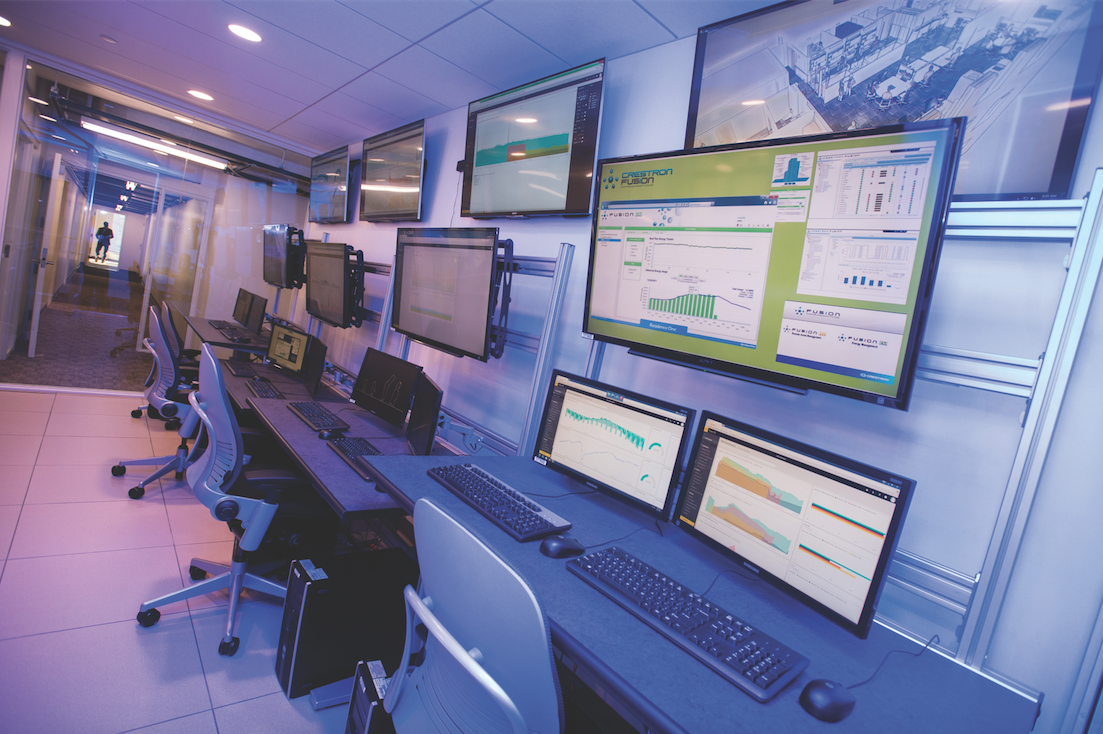 Central control room
Central control room
 Sensors embedded in walls, ceilings, appliances, and fabrics measure factors like sound, street noise, room temperature, humidity, air particulates, and light.
Sensors embedded in walls, ceilings, appliances, and fabrics measure factors like sound, street noise, room temperature, humidity, air particulates, and light.
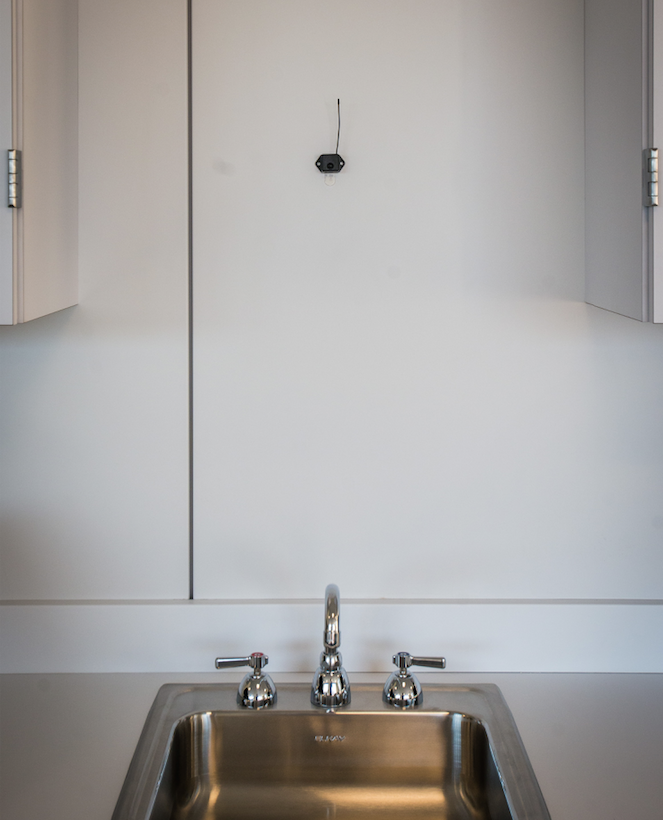
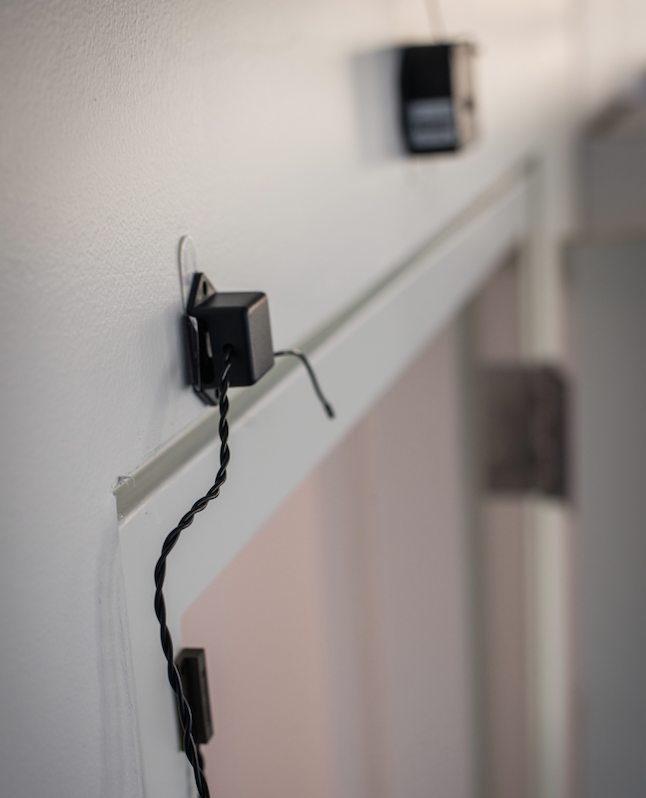
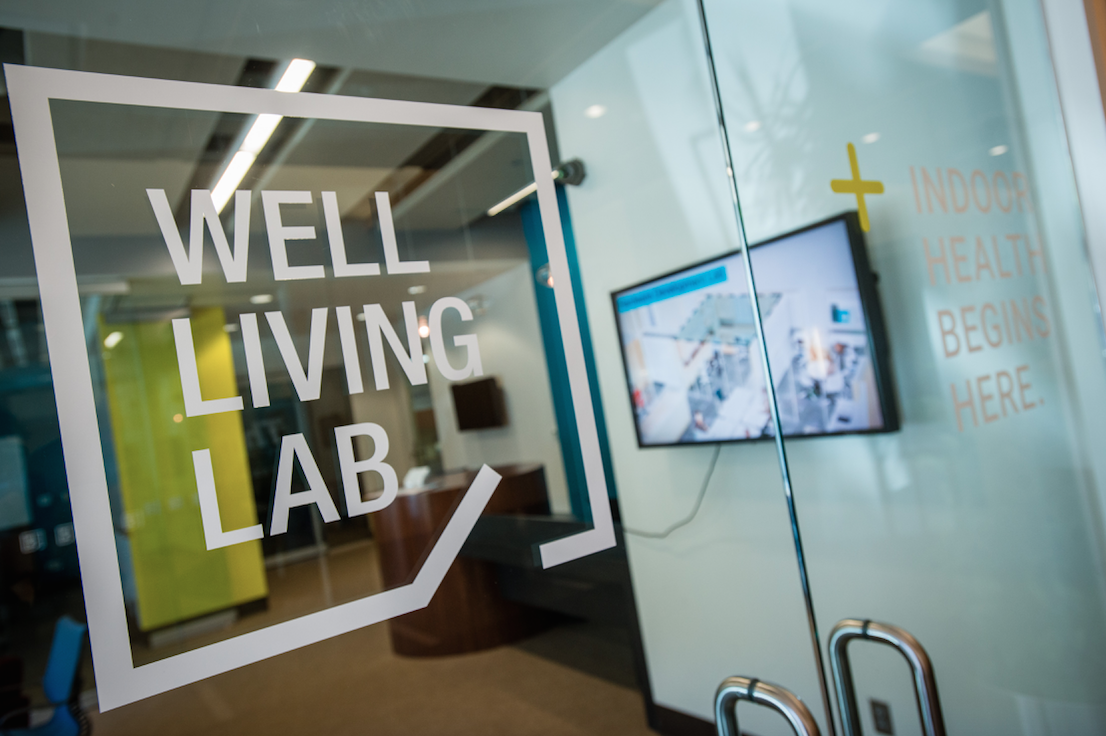
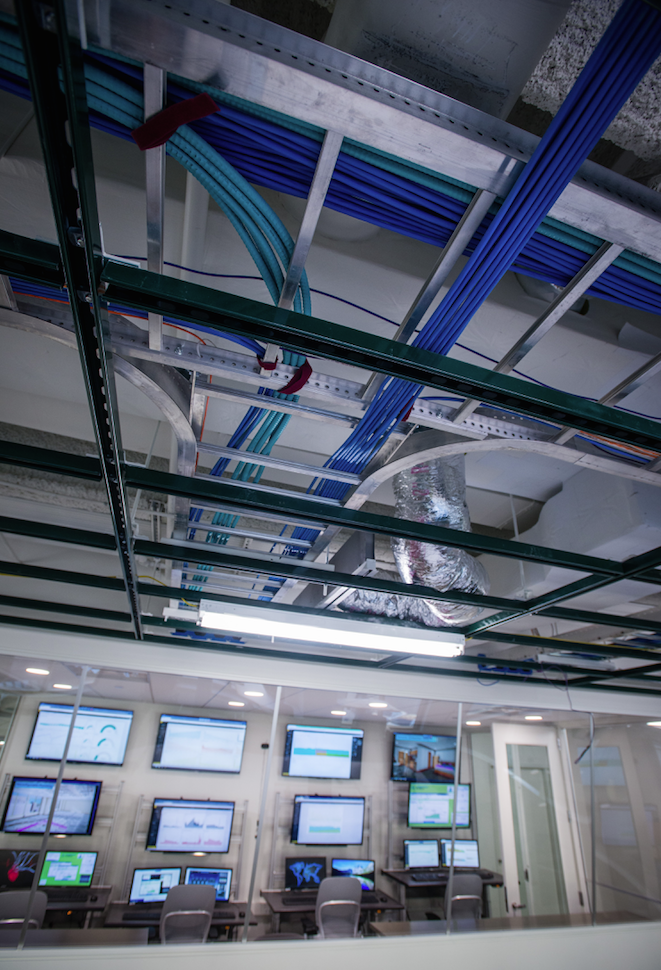
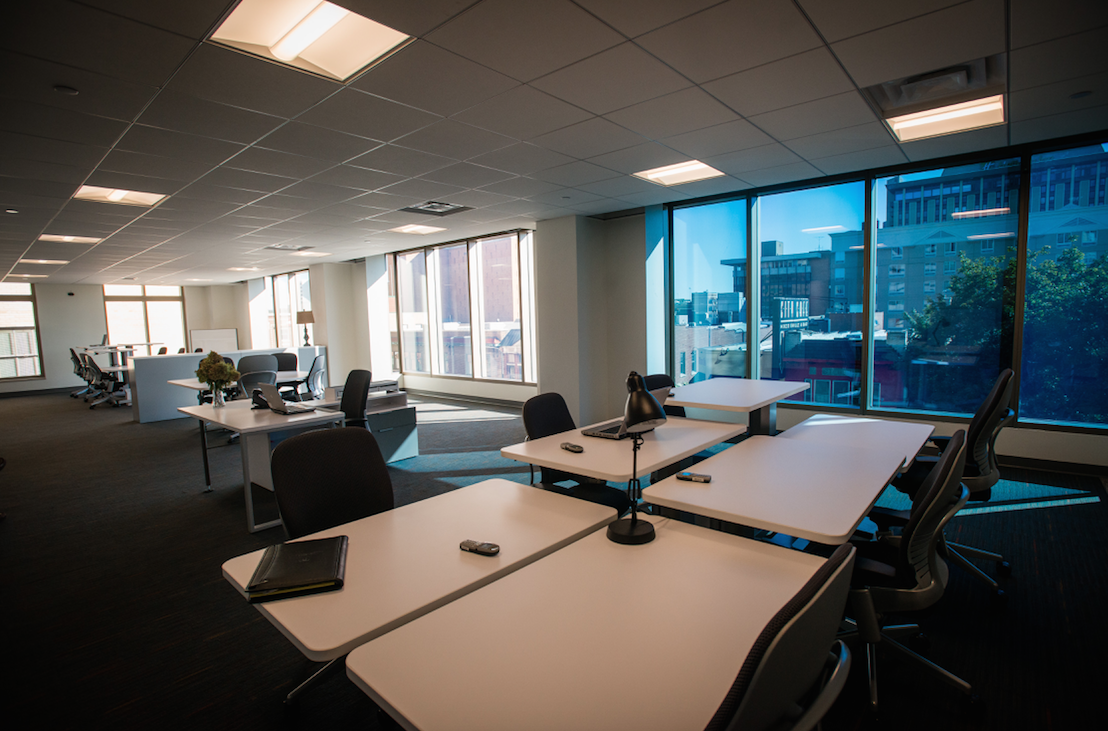

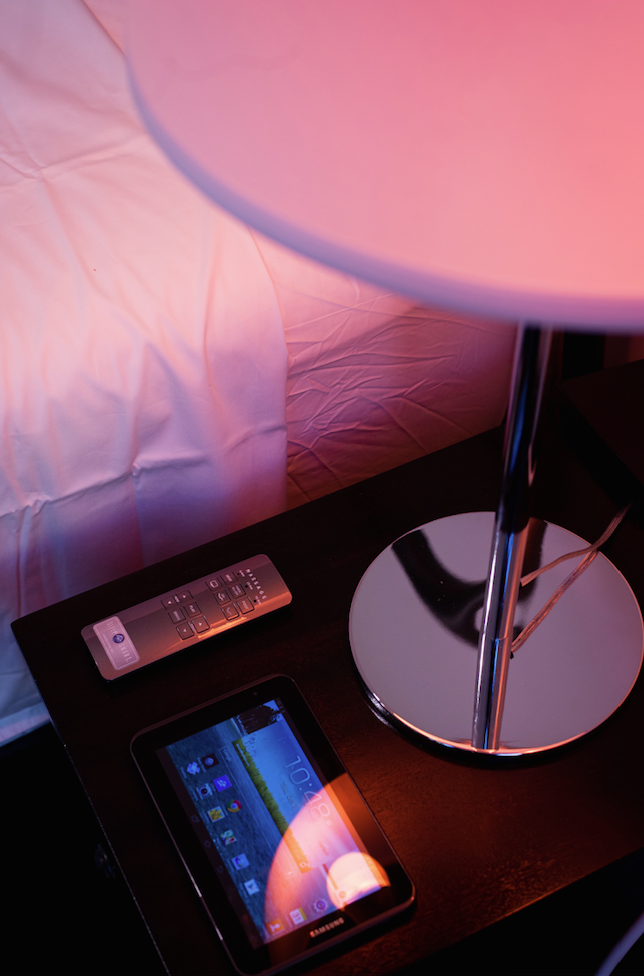
Related Stories
Engineers | Nov 27, 2023
Kimley-Horn eliminates the guesswork of electric vehicle charger site selection
Private businesses and governments can now choose their new electric vehicle (EV) charger locations with data-driven precision. Kimley-Horn, the national engineering, planning, and design consulting firm, today launched TREDLite EV, a cloud-based tool that helps organizations develop and optimize their EV charger deployment strategies based on the organization’s unique priorities.
Healthcare Facilities | Nov 3, 2023
The University of Chicago Medicine is building its city’s first freestanding cancer center with inpatient and outpatient services
The University of Chicago Medicine (UChicago Medicine) is building Chicago’s first freestanding cancer center with inpatient and outpatient services. Aiming to bridge longstanding health disparities on Chicago’s South Side, the $815 million project will consolidate care and about 200 team members currently spread across at least five buildings. The new facility, which broke ground in September, is expected to open to patients in spring 2027.
Sponsored | | Oct 17, 2023
The Evolution of Medical Facility Security
As the healthcare system grows, securing these facilities becomes ever more challenging. Increasingly, medical providers have multiple facilities within their networks, making traditional keying systems and credentialing impractical.
Healthcare Facilities | Oct 11, 2023
Leveraging land and light to enhance patient care
GBBN interior designer Kristin Greeley shares insights from the firm's latest project: a cancer center in Santa Fe, N.M.
Healthcare Facilities | Oct 9, 2023
Design solutions for mental health as a secondary diagnosis
Rachel Vedder, RA, LEED AP, Senior Architect, Design Collaborative, shares two design solutions for hospitals treating behavioral health patients.
Giants 400 | Oct 5, 2023
Top 115 Healthcare Construction Firms for 2023
Turner Construction, Brasfield & Gorrie, JE Dunn Construction, DPR Construction, and McCarthy Holdings top BD+C's ranking of the nation's largest healthcare sector contractors and construction management (CM) firms for 2023, as reported in Building Design+Construction's 2023 Giants 400 Report. Note: This ranking includes revenue related to all healthcare buildings work, including hospitals, medical office buildings, and outpatient facilities.
Giants 400 | Oct 5, 2023
Top 90 Healthcare Engineering Firms for 2023
Jacobs, WSP, IMEG, BR+A, and Affiliated Engineers head BD+C's ranking of the nation's largest healthcare sector engineering and engineering/architecture (EA) firms for 2023, as reported in Building Design+Construction's 2023 Giants 400 Report. Note: This ranking includes revenue related to all healthcare buildings work, including hospitals, medical office buildings, and outpatient facilities.
Giants 400 | Oct 5, 2023
Top 175 Healthcare Architecture Firms for 2023
HDR, HKS, CannonDesign, Stantec, and SmithGroup top BD+C's ranking of the nation's largest healthcare sector architecture and architecture/engineering (AE) firms for 2023, as reported in Building Design+Construction's 2023 Giants 400 Report. Note: This ranking includes revenue related to all healthcare buildings work, including hospitals, medical office buildings, and outpatient facilities.
Adaptive Reuse | Sep 19, 2023
Transforming shopping malls into 21st century neighborhoods
As we reimagine the antiquated shopping mall, Marc Asnis, AICP, Associate, Perkins&Will, details four first steps to consider.
Healthcare Facilities | Sep 13, 2023
Florida’s first freestanding academic medical behavioral health hospital breaks ground in Tampa Bay
Construction kicked off recently on TGH Behavioral Health Hospital, Florida’s first freestanding academic medical behavioral health hospital. The joint venture partnership between Tampa General (a 1,040-bed facility) and Lifepoint Behavioral Health will provide a full range of inpatient and outpatient care in specialized units for pediatrics, adolescents, adults, and geriatrics, and fills a glaring medical need in the area.






